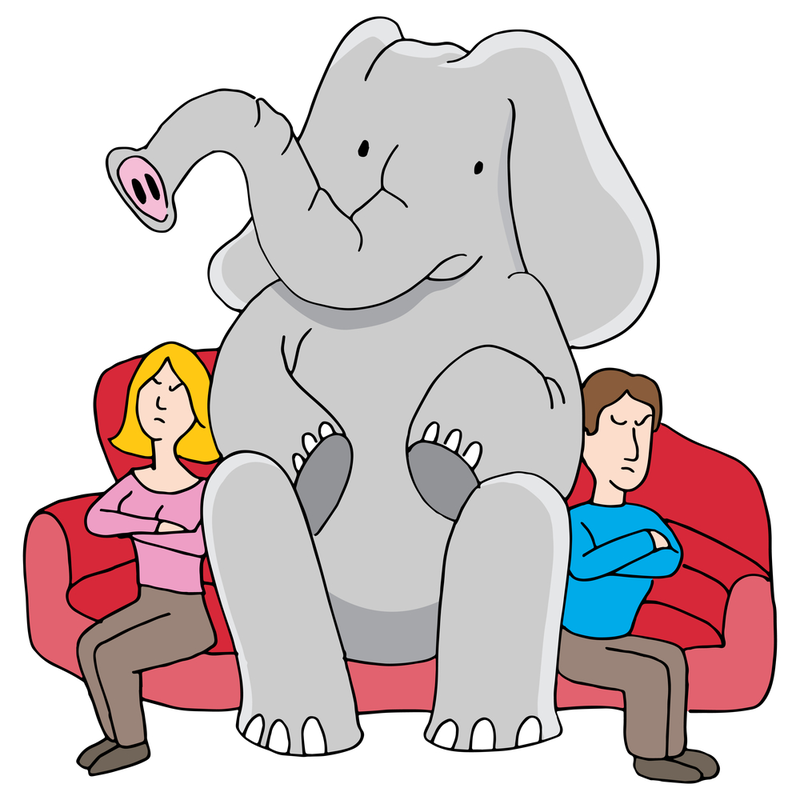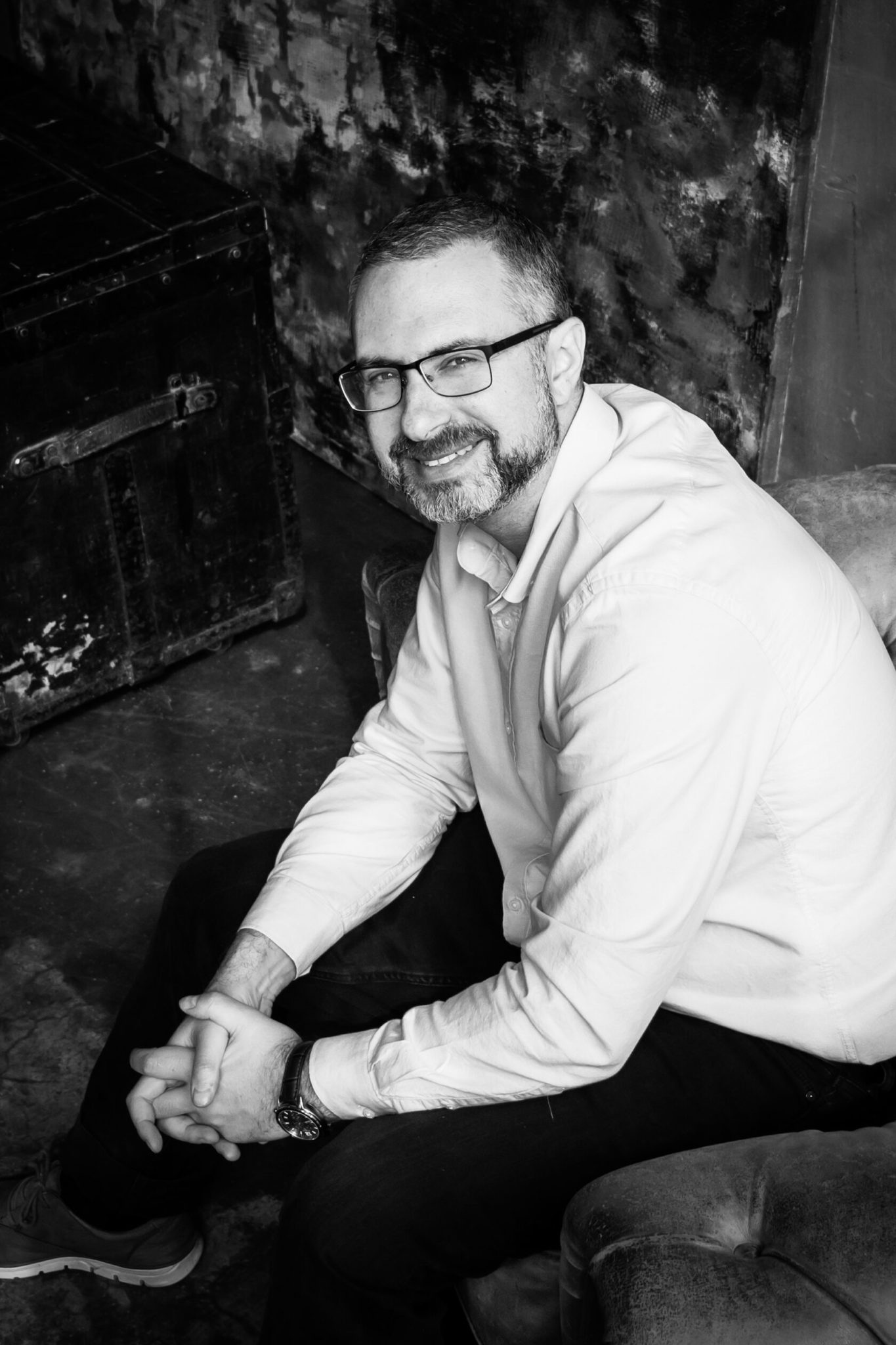The standing legacy of psychoanalysis. Why Freudian psychoanalysis is still relevant today.
Psychoanalysis is considered to be antiquated and dated among many clinicians. However, Sigmund Freud’s psychoanalytic approach is today to modern therapists what Dmitry Mendeleev’s Periodic Table of Elements is to chemists. Since Freud’s birthday is coming up, it’s a good time to review how his psychoanalytic legacy is very much relevant today and does not need to be either forgotten or abandoned.
Misunderstanding of psychoanalysis stems from the fact that it was initially employed as a medical method. Currently, psychiatry is considered the most major medical approach to psychological illnesses, especially acute conditions, followed by therapy.
Between 1892 and 1896, Austrian neurologist Sigmund Freud gradually abandoned hypnosis in his practice of curing psychological pathologies and tried a new method with his patients that he called “psychoanalytic.” In hypnosis, suggestions would be made to the patient to substitute their fears or beliefs, as per the doctor’s directive, for more benevolent ones, similar to prescribing a drug or making a vein injection.
In a revolutionary psychoanalytic method, Freud followed his patient instead of taking an initiative to make hypnotic suggestions. As opposed to regular medical practice, in which the patient was expected to lay their case and remain silent until the doctor prescribed a cure, the psychoanalytic method asked the opposite of the patient — to keep talking, even if they had nothing to say. Freud and other analysts would not suggest or convince the patient of anything, but would analyze the provided material together in collaboration with the patient.
Psychoanalysis became revolutionary as the first talking practice. Today, talking therapies are very common, and due to its nature of doing things together, the symptoms are cured by the physician and the patient together, not just by the physician. The patient was positioned in the center, as the one — can you imagine — who knows better than the doctor about their illness. The analytic method aimed to discover what the patient knew through “free associations.” With this new egalitarian approach, the patient had full freedom to express themselves as they wished, while the doctor followed them and discussed the provided information, both cognitive and unconscious, verbal and silent, emotional and dissociative, to help the patient reveal the true, often unclear nature of their disturbances.
Freud discovered that when patients were let to talk freely about their vicissitudes while lying on the couch, they felt better, their anxieties diminished, somatic symptoms disappeared, and the inner conflict between their intimate and sometimes shameful desires and external societal prohibitions resolved.
Whilst hypnotherapy tried to circumvent one’s defenses, psychoanalysis started to explore these defenses together with the patient. Thus, the patient became an active participant in the treatment process. Some of the defenses discovered by Freud and his followers, especially his daughter Anna Freud, have become a part of today’s folklore. For example, everybody knows that when one is “in denial” and not acknowledging parts of reality, they subconsciously employ the psychological defense called denial.
Freud’s first patients were those with hysterical neurosis, where the soul attacked the body. Due to the psychological nature of this condition, classic medicine could not provide a solution to symptoms such as sudden blindness, partial paralysis, compulsive disorders, and so on. Since then, the diagnosis of hysteria has gone out of modern medical practice. However, it gave birth to a myriad of other modern diagnoses, such as conversion disorders of psychological nature, dissociative and somatic disorders, sex addiction, and the description of histrionic personality type.
Freud’s psychoanalytic method is sometimes labeled as a patriarchal exertion of power over women, or sexist, which is very far from true. Most of Freud’s early psychoanalytic patients were women who found his innovative cure liberating. Living under the strict religious and patriarchal yoke of the Victorian era, many of them found themselves struggling with numerous prohibitions of the time, trying to reconcile with the societal norms imposed on them and fighting strong inner desires to be who they were including sexually and in relationships, which was often accompanied by guilt and shame.
Freud’s home office on Berggasse 19 in Vienna became the only place where they could be who they were without encountering societal and religious judgements. Analytically exploring who they were, what they wanted, and allowing themselves to be free and be themselves became curing for many of them, ridding them of physical symptoms.
Even though the establishment of psychoanalysis is attributed to Freud, he himself attributed this method to his teacher, doctor Josef Breuer, whom he observed performing it on a hysterical patient between 1880 and 1882. He says, “Granted that it is a merit to have created psychoanalysis, it is not my merit. I was a student, busy with the passing of my last examinations, when another physician of Vienna, Dr. Joseph Breuer, made the first application of this method to the case of a hysterical girl.”
At the beginning, psychoanalysis was long, frequent, and expensive. Patients were expected to come five times per week for prolonged periods of time. We currently know more about therapy, and the psychoanalytic method underwent development too. Even though there are specialists who practice analysis just as Freud did, many specialists employ psychoanalytic therapy and meet with patients one or two times per week, and often without a couch. The initial method of five sessions per week was a medical method. Frequent meetings were necessary to create the “transference” between the patient and the analyst. This was to help the patient remember their damaging, usually childhood, experiences by recreating them in analytic contact with the opportunity to relive them from the adult point of view and release the painful effect. The regularity and the frequency of the sessions helped create the necessary tension to make the unconscious conscious, instead of hiding it.
Nowadays, most of the specialists practicing psychoanalytic therapy aren’t doctors, and psychiatry has made significant gains and overtaken it as a medical approach to illnesses. Classic psychoanalysis is now mostly practiced as a form of psychodynamic therapy, without such strong transference as was created in intense analyses, but still sufficient enough to analyze it.
The basic premise of psychoanalysis free associating still holds today. Therapeutic methods that came after psychoanalysis still rely on it. Art therapy helps freely associate through drawing or by discussing art; gestalt therapy measures the body’s response and then connects it to experiences and recollections. Free association without censoring oneself provides access to the real emotions underlying their condition. Any time a client is asked to let the imagination run free, they are free associating.
Free association also connects very well with dream analysis. Freud discovered that dreams manifest one’s hidden desires. He interpreted dreams in analytic sessions, using methods such as free association, and played a crucial role in understanding the formation of one’s symptoms. Dream analysis, first employed as an indivisible part of analytic work, is present now in all psychodynamic therapies. Accessing and talking through forbidden needs and desires improves the patient’s conditions. Dream analysis theory was supplemented by Freud’s followers, especially Carl Jung, who viewed dreams not only as expressions of suppressed desires, but also as a way of tapping into the knowledge of the collective unconscious, which gives us guidance during our sleep.
Another premise of psychoanalysis is of a “curing relationship,” which modern therapies highly rely on. In order to recreate their difficulties through transference or to be able to talk about their disturbances, the client needs to feel safe and trust the doctor. Today, therapeutic alliance is deemed to be the main contributor to the success of treatment (Glen Gabbard). If you talk to experienced therapists of different modalities, many will tell you that the therapeutic method itself is secondary, and over time, they get to use an integrative approach. The primary factor of successful treatment is the trust that the client puts in the therapist and in the safety of such process. With time, this trust converts into positive changes for the clients.
Psychoanalysis also inspired the beginning of modern therapies, especially psychodynamic therapies, where “exploration” of client’s feelings, perceptions, and reality is the name of the game. The problems with which people come to therapists nowadays are less of hysteric nature as during the Victorian era, and are rather primarily relationship-building difficulties, of them depression (esp. anaclitic where loss is not tolerable and grieving is impossible), loneliness, and boundary problems. Difficulty of emotional regulation, stress, and traumas can also be attributed to early relationships. Many people who seek therapy look to relate better to themselves and other people and alleviate suffering in relationships, be that past internalized relationships that haunt them or present relationships that pose concrete difficulties.
Psychoanalysis was and remains a peculiar art of relationship building, during which the clients revise all of their relationships and psychologically mature, both in terms of their relationships and in life in general, allowing them to separate their child story from their adult decision-making without disowning one’s childhood and its possible traumatic experiences.
The stereotype of the silent and distant analyst also belongs to the past. In medical analysis, remaining silent was a helpful tool in letting patient’s morbidity surface due to the patient’s frustration. Currently, we understand the importance of keeping the analytic neutral, as it is the client who is at the center, not the analyst, but one is no longer required to be silent, dry, and distant. Different analysts have different personalities and psychoanalyses due to its flexibility and freedom that accommodates therapists of any kind. Psychoanalysis in itself is emotional, as it raises a lot of feelings and emotions in clients, and we now know how to work with them in transference (or outside of it) without seeming unempathetic or disinterested.
The saint staple of analysis — the couch — is also being looked at differently today. The use of the couch in psychoanalysis was a remnant of Freud’s past hypnosis where a patient was needed to reach relaxation faster in order to put down their defenses to the hypnotical suggestion of the physician. Freud also had a preference to not be face-to-face with his patients. For some patients, the couch is helpful as it helps them relax and delve into free associations more easily, but for others, it is not a fitting method as it induces paralyzing anxiety. When working face-to-face without a couch, the analyst is able to gather unconscious information by observing the client directly — for instance, seeing when one looks sad even though they are talking about seemingly happy things, when one suddenly changes their posture, changes facial expressions, etc. Exploring emotions in an analytic setting helps the clients better understand themselves.
The criticism of psychoanalysis is not a modern phenomenon. Freud felt rejected by his fellow colleagues who rejected his method. Yet, Freud himself is known to have rejected many of his initial followers, primarily those who disagreed with his basic theory, for example, Carl Jung, Alfred Adler, and Otto Rank, to name some. And it might explain why psychoanalysis, bearing the characteristic stamp of its founder, evokes alienation by some modern researchers and clinicians, even though it unquestionably serves as a basis to all talking therapies we know today.
Psychoanalysis is criticised for the lack of evidence-based research. The early psychoanalysts indeed did not put focus on quantitative research. Rather, they were fascinated by psychoanalysis as a tool to understand and describe personality as well as how psychological phenomena appear in patients’ lives. That is why the description of the working analytic model was demonstrated in individual cases (see books of M. Klein, S. Ferenzi, Freud himself, Winnicot and more), rather than in quantitative research. However, currently (6, 7, 8) evidence-based research is quickly picking up for psychoanalytic and other psychodynamic therapies.
The length of the analysis is also often criticized, but it does not testify to inefficacy. In fact, many clients choose to remain in long-term psychoanalytic or psychodynamic therapy for the support they get, the opportunity to continuously explore themselves, and the exploration of the unconscious processes they experience and are not able to distinguish by themselves, including through dream analysis and the positive change that psychoanalytic therapy is making in their life.
Freud and his early followers, including Jung, made some glaring mistakes which had to do mostly with therapeutic boundaries. Early psychoanalysts treated their family members and friends, and turned psychoanalytic relationships into affairs. By understanding therapeutic boundaries, we have gained much better understandings of how and who a therapist can treat, so that both basic client’s safety and therapeutic boundaries, which would allow treatment, are preserved.
Freud himself was against the idea of psychoanalysis only being practiced by physicians. As he writes in his book The Question of Lay Analysis (1927): “The practice of psychoanalysis has far less need for medical training than for educational preparation in psychology and free human insight.” Thus, the questions that can be worked through in analysis can be of non-medical nature — for instance, questions of happiness problematic relationships, inner conflicts, emotional difficulties, and so on.
Psychoanalysis is not only a psychological tool, but also provides societal and cultural knowledge into which therapists of different orientation can delve and take out what fits them. Due to the rigidity of Freud’s nature and his alienation of those who tried to add to or to modify his teaching, many people, especially clinicians, were given the choice to either accept the psychoanalytic mode as is, or to abandon it altogether, and many chose the latter. This is one of the reasons why psychoanalysis is misunderstood, which is too bad because the psychoanalytic approach provides a lot of useful knowledge and insight.
Still, even for those who don’t practice it, the analytic approach to unconscious defenses, dream analysis, therapeutic neutrality, therapeutic alliance and collaboration with client, respect for client being an expert in their condition, and interpretation of transference and counter-transference in understanding not only what the client tells, but also what they mean, remain indispensable to the psychological community and therapies of different orientations.
I’d like to finish with a quote from Albert Einstein’s letter to Sigmund Freud in 1932, during their intellectual discussions under the auspices of the International Institute of Intellectual Co-operation: “I should like to use this opportunity to send you warm personal regards and to thank you for many a pleasant hour which I had in reading your works. It is always amusing for me to observe that even those who do not believe in your theories find it so difficult to resist your ideas that they use your terminology in their thoughts and speech when they are off guard.”
Bibliography:
1. Gabbard, G. O. (Author & Editor). (2017). Long-term Psychodynamic Psychotherapy: A Basic Text (Core Competencies in Psychotherapy) (3rd Revised Edition).
2. Medvedev, V. A. (2000). The Debate on the Nature of Psychoanalysis: Past, Present, and Future of Another Illusion. Practical Psychodynamics Journal.
3. McWilliams, N. (2011). Psychoanalytic Diagnosis: Understanding Personality Structure in the Clinical Process (2nd ed.). Guilford
4. Converging Dialogues. (2023, August, 1). #244 – Psychoanalysis: Past and Present: A Dialogue with Nancy McWilliams [Video]. YouTube.
5. Freud, S. (1926). The Question of Lay Analysis.
6. Shedler, J. (February-March 2010). The Efficacy of Psychodynamic Psychotherapy. American Psychologist, 65(2), 98-109.
7. British Psychoanalytic Council. (n.d.). Psychoanalytic psychotherapy: what’s the evidence?
8. Australian Psychological Society. (2018). Evidence-Based Psychological Interventions in the Treatment of Mental Disorders: A Review of Literature (4th ed.).9. The Einstein-Freud Correspondence (1931-1932)



